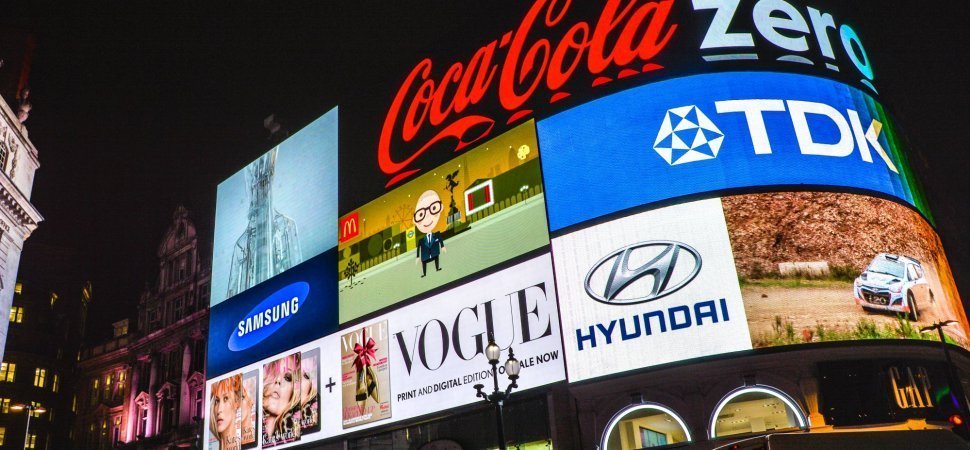Brand loyalty is evolving, and the emphasis is squarely on the consumers rather than the brands these days. Customers expect you to know them better than they know themselves and to treat them like the unique individuals they are. But this can be harder than it seems in today’s fast-paced world — gone are the days of shopping the local corner store where they know your name.
These days we buy things from e-commerce sites where we have probably never met a single person working there.
Is there customer loyalty in web commerce?
It’s so easy to go from website to website that customer loyalty online almost seems counterintuitive. But there are certain incentives that keep people shopping at the same websites over and over — things like memberships that give you free two-day shipping, cross-channel customer experiences, and even just name recognition keep customers clicking back.
This is good, because according to a Bain study, the average online clothing retailer doesn’t make a profit from a customer until their fourth purchase. The race to gain loyal customers can determine whether a company will succeed in online retail: “Today, loyal shoppers visit their favorite sites far more frequently than they would any brick-and-mortar store.
This surprising degree of customer loyalty can have an enormous impact on website profitability. We simulated the long-term economics of websites in various industries, and customer loyalty proved to be a crucial factor in profitability, even more so than for offline companies.
Small changes in loyalty alone, especially among the most profitable customers, can account for the long-term divergence of initially comparable online companies, with some rising to exceptional returns and others sinking to lasting unprofitability.”
And the longer a customer is loyal to your online retail outlet, the more they will spend on future purchases.
Repeat customers create a snowball effect.
Not only do loyal customers spend more with each transaction, they also make more referrals than first-time or one-time customers. The longer they are loyal, the more referrals they will give your company. According to that Bain study, “Word of mouth is the single most effective and economical way online retailers grow their sites. And loyalty, it turns out, can be a key lever for referrals.
On average, an apparel shopper referred three people each to an online retailer’s site after their first purchase there. After ten purchases, that same shopper had referred seven people to the site.”
Yes, Millennials still practice brand loyalty. It’s just different.
Millennials still report that they are as brand loyal as their parents, but their brand loyalty is often based on different criteria. Brands like YouTube, Amazon, Facebook, and Google are some of the top brands for Millennials, but they are also loyal to things like cell phone carriers and health and beauty products.
But retailer beware — Millennials care much more about your business practices and how you treat the environment than previous generations did.
How can retailers stand out?
A Zappos employee once sent a woman flowers because she was having trouble finding comfortable shoes. This is a far cry from a tired cashier pushing yet another loyalty card on a customer because her manager tells her to. Passive loyalty programs just don’t work anymore. There are too many of them, and customers are starting to resent them.
Today, 79% of customers say they want brands that understand and care about them as individuals. Customers assume you have detailed information about them from past transactions and searches as well as complaints and questions. The thing is, retailers probably have this information, but they just don’t know what to do with all of it.
Big data saves the day.
Just having the data isn’t enough. You have to be able to know what to do with the data, how to sort through it and make sense of it. Then, most important, you have to know how to act on the data you have. Those flowers Zappos sent to the woman who couldn’t find comfortable shoes?
That’s not the only time they have done it. They’ve also sent flowers to folks who were having trouble finding the time to return shoes they’d bought for loved ones who passed away and more, hundreds of times a year. This is probably why 75% of Zappos’ sales come from repeat customers.
Keeping track of your customers that well means you have an opportunity to brighten someone’s day — and gain a customer for life. Learn more about knowing your customers from this infographic from Semarchy.


Comments are closed.